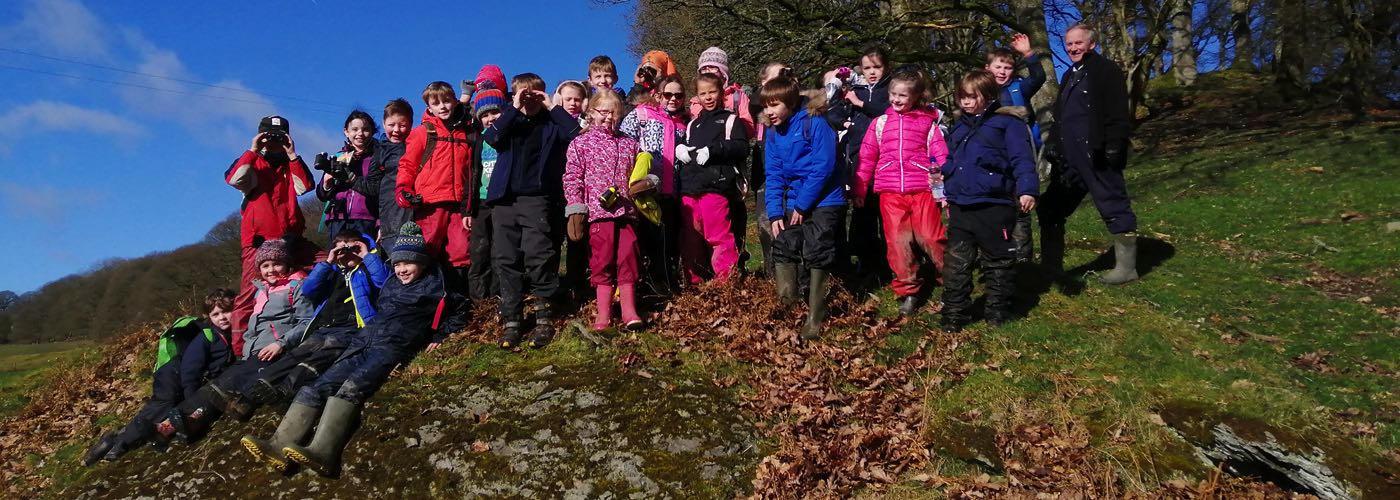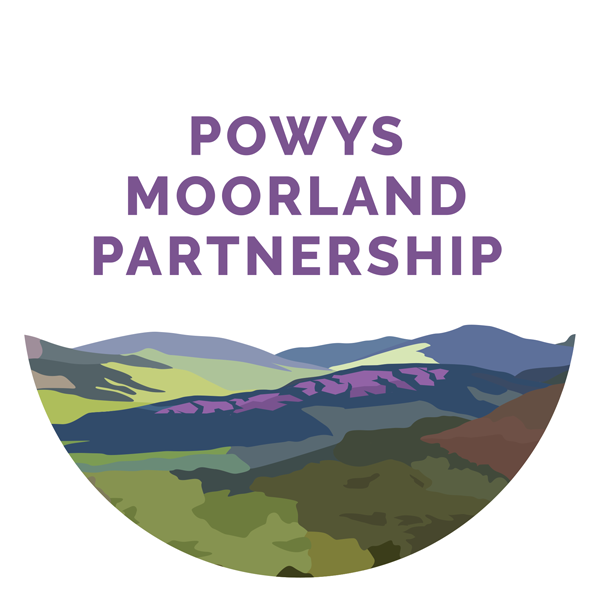Wales has two million hectares of moorland. In the coming years managing these areas is going to be a challenge, but with imagination and collaboration new approaches should ensure that they thrive for generations to come.
This is the message that we at Powys Moorland Partnership (PMP) are committed to take to the moorland communities of Wales as we set out on a three year project to discuss, listen and create with residents a new vision that will promote a thriving, sustainable environment and economy using local solutions.
Issues that we have so far identified include:
- How to manage habitats positively with conservation grazing
- How to reduce the demand on fuel
- How to minimise the risk of wildfires
But what might our moorlands look like in the future, and how would we like them to evolve? We don’t have the answer yet, which is why we’ll be talking to as many stakeholders and residents as possible in the coming months, to shape the approach that we take.
We hear much talk of topics such as the reintroducing mammals into the forests close to our moorland. These grab media headlines, but ignore the true complexity of management of this unique countryside.
It will be crucial for us to encourage the public enjoyment of these landscapes, whilst managing them and creating revenue streams that enable the areas to pay for themselves. Meanwhile, we have to consider how to create profitable economic opportunities that enhance the moorlands rather than harming them.
As Black Mountains resident and rural commentator Rob Yorke said recently during PMP’s Talk on the Wildside event at the Globe at Hay on Wye (18th October 2017) “…this was never going to be easy.” Rob argues that managed landscapes have to be preferable to wilderness, although the scale of management is up for debate – particularly with unregulated common land forming a substantial part of our moorland environment.
“Creating economic opportunity has to be a major consideration,” he adds. “Surely a mix and private and public funding has to be part of the solution. And what about sheep farmers? It’s difficult to be green when you are in the red.”
Funded by the Welsh Government and the EU under the Rural Development Programme, Powys Moorland Partnership (PMP) will focus on integration, balancing the needs of all parties, while remembering that these landscapes are a crucial resource for the country. For example, millions of tons of carbon are stored in them while 70% of Wales’ drinking water is sourced there.
Sue Evans, the director in Wales for the Game & Wildlife Conservation Trust, stressed the need for scientific evidence to support sustainable conservation practice in the future.
“The countryside needs paying for and we need to look at all the options that are out there and what new partnerships can be formed to attract new investment,” she says, adding that the loss of biodiversity through habitats and key iconic birds such as the curlew is well documented.
“Good conservation goes hand-in-hand with economic land use and now is the time to demonstrate what actions could be positively embraced on the Powys Moorland Partnership over its three-year lifetime.”
For further information please contact Catherine on 07815 103855 or email catherine@thebridgehay.co.uk

